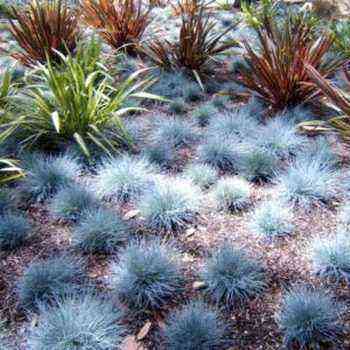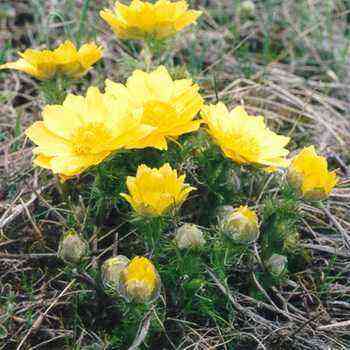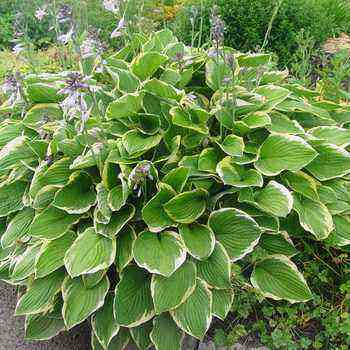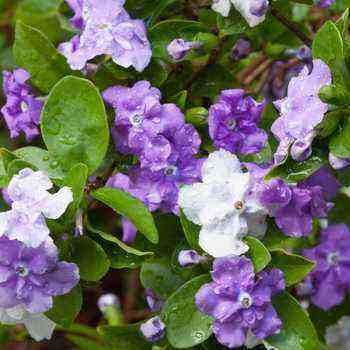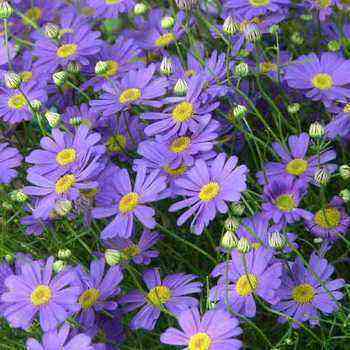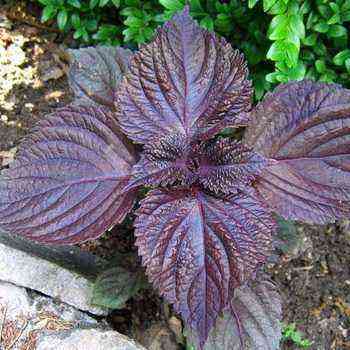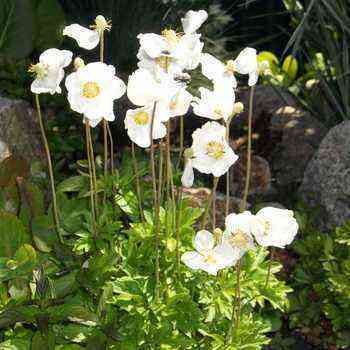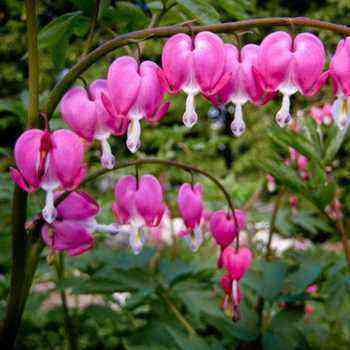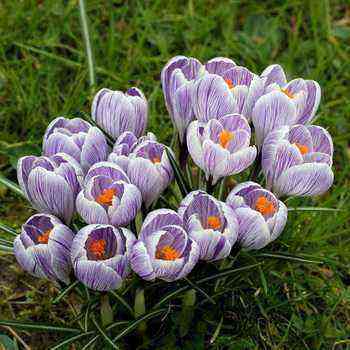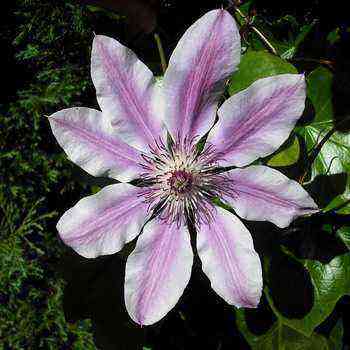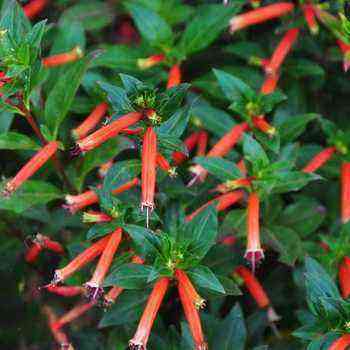This species was described in 1776 by Pallas, a native of Western Kazakhstan, for the first time as the Amarilis plant, and only later this flower was named Iksiolirion Tatar.
This plant has an ovoid corm, which is usually up to 2 centimeters thick, with leathery brownish scales. The stem can be up to 60 cm in length, on which linear leaves are located. It is also important to note that this flower has a racemose inflorescence, which is most often branched. Usually one to 8 or 10 snow-white or pale pink ringed flowers can be found on such a plant. The fruit of the ischiolirion is a club-shaped oblong capsule, the size of which is usually up to a centimeter in width and up to 5 in length. The plant can be propagated vegetatively (with globular bulbs) or using seeds.
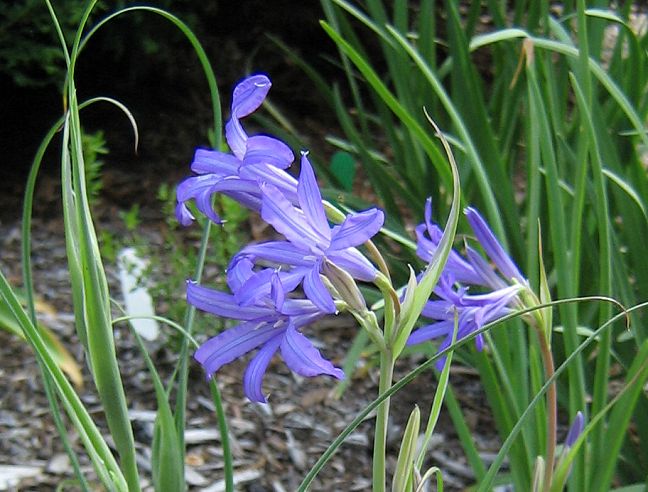
The plant is quite found in steppes, semi-deserts and deserts, as well as on gravel slopes from the subalpine to the lower belt (about 2.7 thousand meters above sea level). This flower is very widespread in Kazakhstan, where it is found in almost all regions, perhaps except for the extreme northern strip.
This plant has long been grown in many gardens in Russia, Ukraine, the Baltic States and Central Asia.
Iksiolirion Tatar can bloom from April to mid-July. The fruits can be seen as early as June or August.
You can find out more about the Tatar Iskiolirion and how to care for them in this article.

